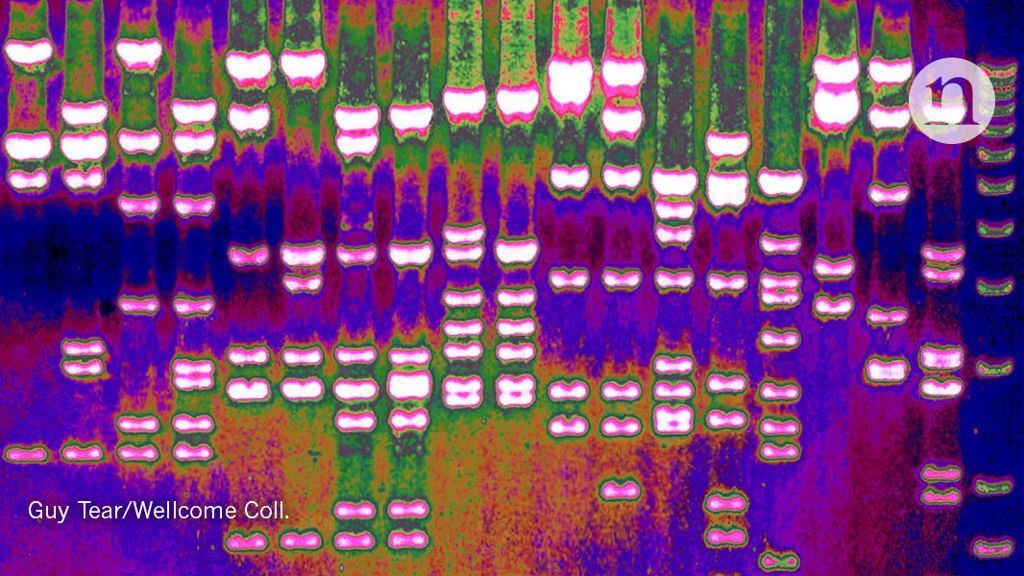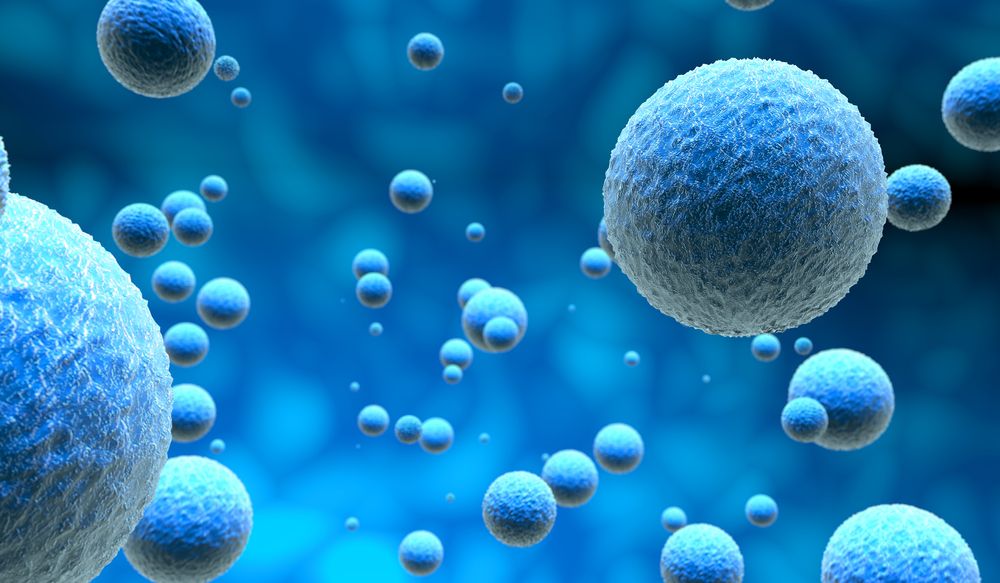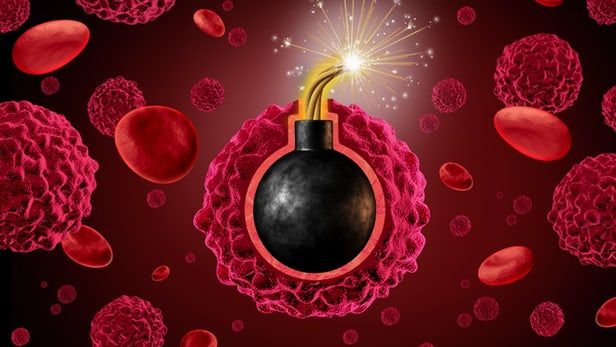Scientists are using artificial intelligence to identify genetic sequences molded by evolutionary pressures.



Good information 💜.
Dr. Antonei Csoka of Howard University discusses the concept of aging as meta-disease and about the hierarchy of some of the Hallmarks of Aging. He also discusses some of the philosophical and metaphysical underpinnings for the goal of overcoming age-related disease.
►Conference Page: https://www.leafscience.org/ending-age-related-diseases-adva…prospects/
►Subscribe for more: https://www.youtube.com/user/LifespanIO?sub_confirmation=1
►This video is presented by LEAF. Please support our work by becoming a “Lifespan Hero”: http://lifespan.io/hero

Scientists have found further evidence that the gut, or more specifically the appendix, might play a role in the development of Parkinson’s disease.
The international team of scientists reviewed two datasets, including a large registry from Sweden, and found that removal of the appendix was associated with a decreased risk of developing Parkinson’s disease. They also found that the human appendix contains clumps of a protein called alpha-synuclein in a form associated with the disease. There’s more work to be done, and the authors are not advocating that people preemptively remove their appendixes, but they hope that the research could provide a pathway towards treatment.


Neutralising reactive nitrogen species to make immunotherapy more effective.
Researchers at the University of Notre Dame discovered that amino acid nitration can inhibit the activation of T cells employed in immunotherapy against cancer and that suppression of reactive nitrogen species (RNS) responsible for nitration can significantly boost the effectiveness of immunotherapy [1].
Abstract
Potent immunosuppressive mechanisms within the tumor microenvironment contribute to the resistance of aggressive human cancers to immune checkpoint blockade (ICB) therapy. One of the main mechanisms for myeloid-derived suppressor cells (MDSCs) to induce T cell tolerance is through secretion of reactive nitrogen species (RNS), which nitrates tyrosine residues in proteins involved in T cell function. However, so far very few nitrated proteins have been identified. Here, using a transgenic mouse model of prostate cancer and a syngeneic cell line model of lung cancer, we applied a nitroproteomic approach based on chemical derivation of 3-nitrotyrosine and identified that lymphocyte-specific protein tyrosine kinase (LCK), an initiating tyrosine kinase in the T cell receptor signaling cascade, is nitrated at Tyr394 by MDSCs. LCK nitration inhibits T cell activation, leading to reduced interleukin 2 (IL2) production and proliferation.



If you haven’t heard, universities around the world are offering their courses online for free (or at least partially free). These courses are collectively called MOOCs or Massive Open Online Courses.
In the past six years or so, over 800 universities have created more than 10,000 of these MOOCs. And I’ve been keeping track of these MOOCs the entire time over at Class Central, ever since they rose to prominence.
In the past four months alone, 190 universities have announced 600 such free online courses. I’ve compiled a list of them and categorized them according to the following subjects: Computer Science, Mathematics, Programming, Data Science, Humanities, Social Sciences, Education & Teaching, Health & Medicine, Business, Personal Development, Engineering, Art & Design, and finally Science.

I have always said the trick with being diagnosed with cancer is living long enough to see newer and better therapies coming out to help you outlive your own diagnosis:
Scientists at Northwestern University have discovered a “kill code” in every cell of the body that’s triggered by chemotherapy and that causes cancerous cells to self-destruct. What’s more, they’ve learned enough about the code that they’ve figured out how to trigger it without chemo—a finding that they believe could lead to new therapies.
The discovery, reported in the journals Nature Communications and eLife, is a code that’s found in both large and small ribonucleic acids (RNAs). The researchers also have early evidence that the small RNAs, called microRNAs, can be introduced into cells to trigger the kill switch.
“My goal was not to come up with a new artificial toxic substance,” said lead author Marcus Peter, Ph.D., a professor of cancer metabolism at Northwestern’s Feinberg School of Medicine, in a statement. “I wanted to follow nature’s lead. I want to utilize a mechanism that nature developed.”